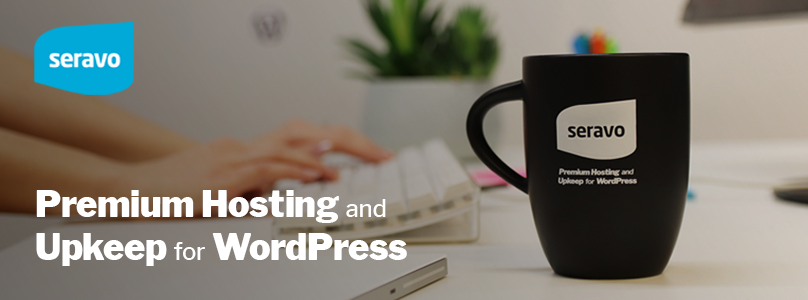Brought to you by Seravo.com.
This project is used to build our precompiled WordPress Vagrant Box. See github.com/Seravo/wordpress to get started using this.
This box imitates the functionality of seravo.com WordPress instances. We aim to help our users develop WordPress locally with the best tools available.
Quite recent Docker CE. It spins up seravo/wordpress:development Docker image, which in turn provides production-like environment for your development needs.
You could also run plain Docker, but with Vagrant you get all the workflow benefits, start/shutdown triggers, domain names working reliably etc.
You just need to clone our project template & start vagrant.
git clone https://github.com/seravo/wordpress myproject
cd myproject
vagrant up
Pre-requirement is of course that you have recent VirtualBox and Vagrant installed on your machine.
See also:
Unlike some of the alternatives listed above, the Seravo WordPress Vagrant comes with all batteries included and there is no separate paid version. Our Vagrant box is also fully integrated into the workflow, so that users can effortlessly import and export data from and to production.
First make sure you have the latest Ubuntu base images on your system by running vagrant box update.
Then build the Seravo Vagrant box using with make rebuild.
Make Vagrant box available for local testing with make import and fire up a WordPress project where the Vagrantfile has been modified to contain:
config.vm.box_version = "= 0"
config.vm.box = 'seravo/wordpress-beta'
Make available for public testing by publishing first as Seravo/WordPress-Beta and only later as the official Seravo/WordPress Vagrant box.
When publishing on Vagrant boxes, see previous releases on how to define the version number, release notes and checksums. When making new official releases (not beta), also remember to write release notes at https://seravo.com/docs/get-started/release-notes/.
To create a libvirt box, make sure you have installed the same dependencies as listed in .travis.yml, and run the same commands as Travis-CI does to provision a libvirt image. The resulting image is 1.5x larger than the VirtualBox image and the audience of libvirt is rather limited, so for now we have not put much effort in publishing boxes in the libvirt format.


